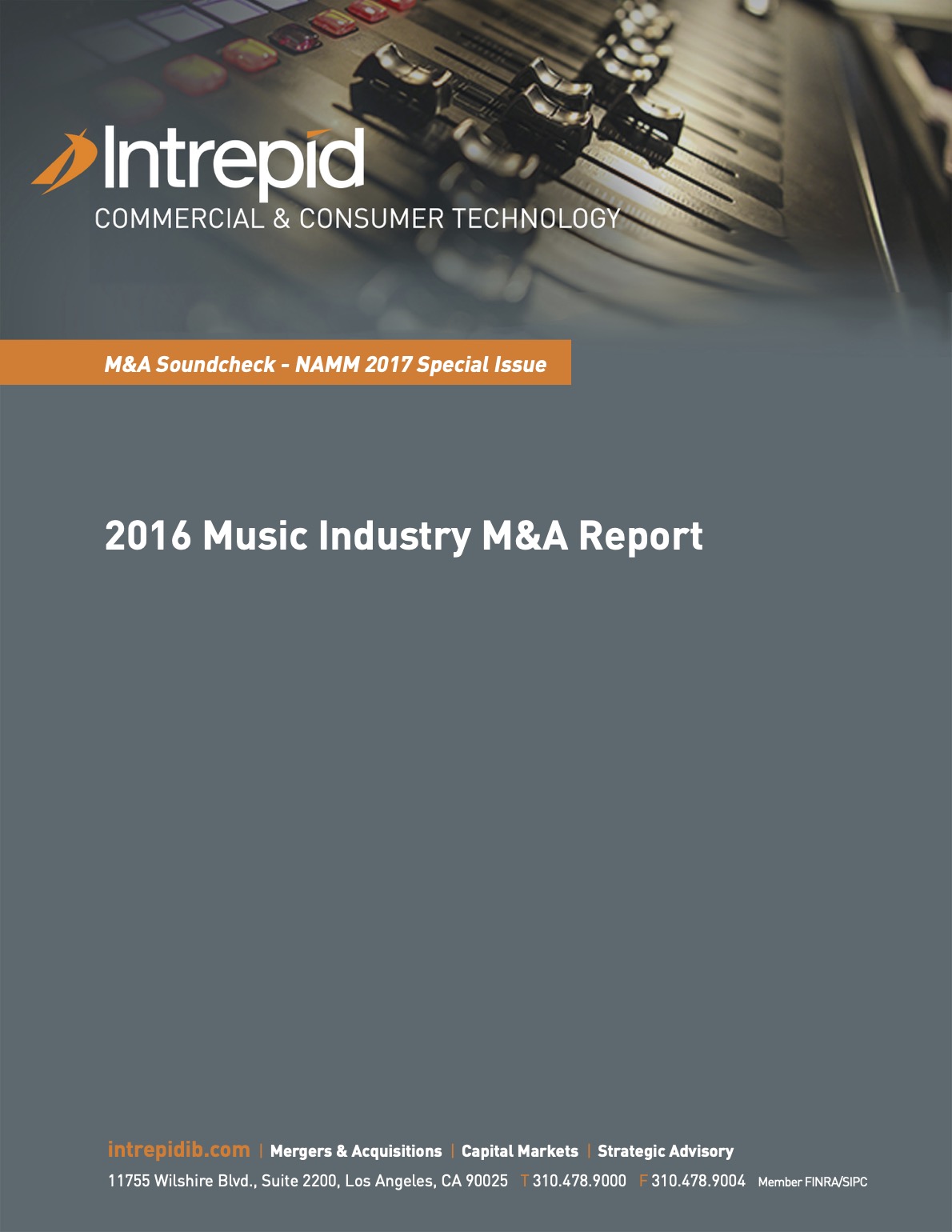The Apparel & Retail landscape is undergoing seismic changes in the ways in which brands connect with customers, consumer tastes and distribution channels. Growth of eCommerce, an overwhelming transition from brick and mortar to mobile and desktop, the movement away from the traditional sales model and increasing attention to quality and transparent sourcing have turned some brands into overnight successes (Warby Parker, FitBit and aden + anais, to name a few) and been the downfall of others. Meanwhile, eCommerce behemoths Amazon and Walmart are locked in a race for supremacy in online apparel retail with the launch of AmazonBasics and acquisition of Bonobos. With such intense competition in the apparel sector, brands must find ways to distinguish themselves operationally and creatively.
With all the upheaval in the retail environment, workwear is among the few thriving apparel segments, projected to grow to $48 billion by 2022¹. Estimated at $30 billion¹ today, this sector provides apparel and accessories to a wide range of professionals, including construction workers, nurses, firefighters and cafeteria workers. Investors have recognized the opportunity in the segment, driving substantially higher M&A activity compared to the rest of the industry as well as higher valuations for uniform and workwear companies in the public markets. Intrepid recently acted as the exclusive financial advisor to M.L. Kishigo Manufacturing Company, a leader in quality for high-visibility safety wear, providing durable and top-performing products to a growing number of customers, on its sale to Bunzl North America.
While capturing the attention and dollars of the Millennials generation may be a moving target for many apparel brands, uniform and workwear providers serve a growing and stable market. The healthcare industry is booming, with global healthcare spend forecasted to reach $8.7 trillion by 2020², and the domestic manufacturing market has a bright future with the current Trump Administration promising to bring more industrial jobs home. The category is largely resistant to trends and consumer preferences, decreasing risk for potential acquirers. This decreased risk, as well as the reliability and longevity of the markets they serve, make uniform and workwear companies particularly attractive assets for both strategic and financial investors. These factors combined have resulted in an optimistic outlook for the uniform and workwear category.
¹Sources: Bloomberg Pursuits; Global Industry Analysts, Inc. Workwear Research Brief.
²Source: Deloitte 2017 Global Health Care Sector Outlook.

